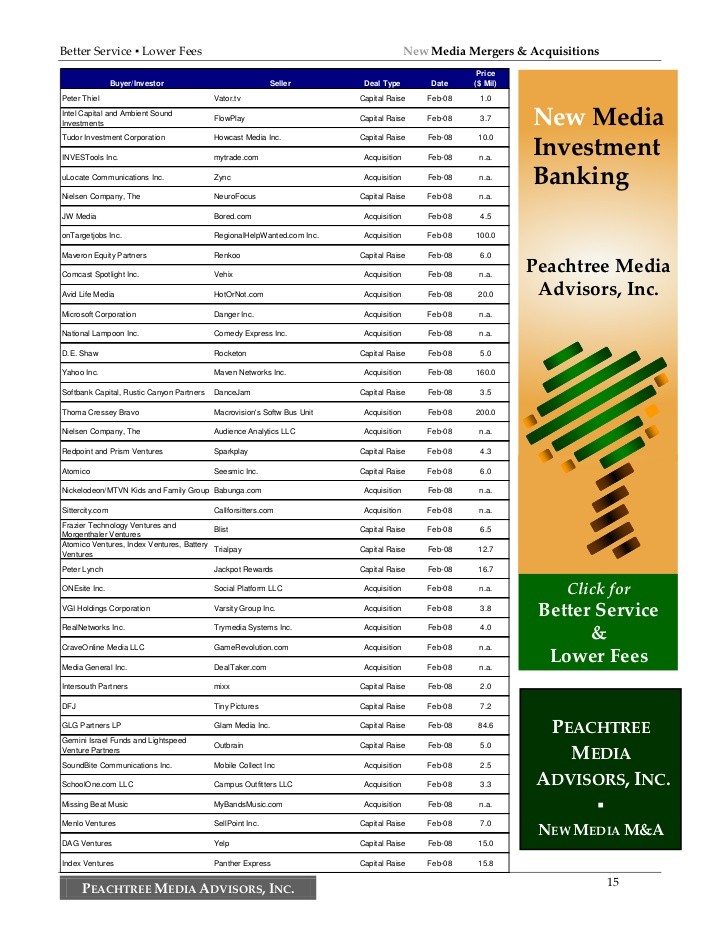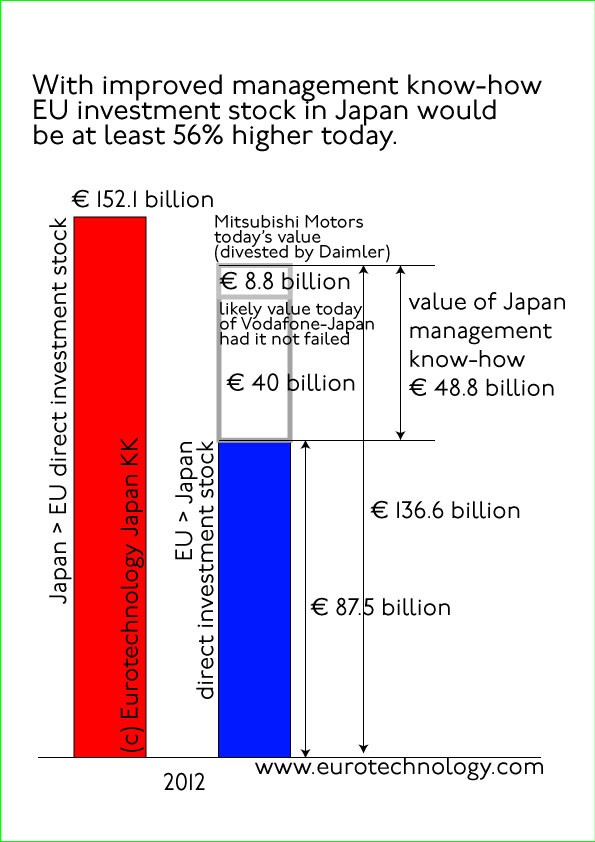The Market Cap by Investors Alley February 18 2008
Post on: 16 Март, 2015 No Comment

By John Nyaradi. Wall Street Sector Selector
Monday, February 18, 2008
2008 has started out as one of the most volatile we’ve seen in years. Let’s take a look at the year so far and what all this volatility might mean going forward.
In 2007, the Dow Jones Industrial Average experienced 78 triple digit moves. In 2005 there were 27 triple digit days and 2006 generated 25 triple digit days.
In comparison, so far in 2008, we’ve seen 17 days out of 32 days with triple digit gains or losses.
So that means that more than 50% of the trading days so far this year have had moves of 1% or greater.
To compare this volatility to previous years, 2007 had 31% of its trading days with over 1%, 2006 had approximately 10% and 2005 had 10%. So, 2008 is between two and five times more volatile than any year in recent memory.
When you look at days with 2% moves, 2008 has had 19% of its trading days with moves over 2%. Looking back, we see that 2005 only had one day with a 2% move on the Dow and 2004 and 2006 had NONE. So, these are substantial deviations from normal volatility that we’ve seen over the last three years.
In fact, we’ve had more 2% days in 2008 than 2004, 2005, 2006 combined, and it’s only mid-February!
And these statistics are derived from opening to closing prices each day. When you look at the intraday highs to lows, the volatility becomes even more pronounced. So far this year, we’ve had one day with more than an 800 point swing high to low, one with more than 600 points, 2 over 500 points, 7 over 400 and 12 days with over 300 point moves high to low. So, on 23 out of 32 trading days, the market has experienced high to low swings in excess of at least 2%! Put another way, more than 70% of trading days so far have had swings of more than 2%. Extreme volatility, indeed.
What does it all mean?
Depends on who you talk to. Some market historians say that volatility like this is typical of an ongoing bear market. January was the worst January in stock market history and so that performance would support this hypothesis. Others say that extreme volatility is symptomatic more of market bottoms than of market tops, and there is significant statistical evidence that points to volatility signaling market bottoms.
The last year we saw extreme volatility like we’re seeing today was in 2002-2003 which marked the end of the 2000-2002 bear market and the beginning of the rally that lasted until just this last October.

To me, volatility like this means only one thing: fear is in control of the markets. As we’ve discussed before, there are two kinds of fear; fear of loss and fear of being left behind. Fear of loss is manifested on down days and fear of being left behind is manifested on up days.
And this is typically bad news for retail investors who tend to trade on emotion, intuition or what they hear on CNBC. The typical scenario is that they follow the market down and get whipsawed up and down and so even further amplify the volatility and related destruction to their portfolios.
The solution, in my view, is to do exactly the opposite of what most investors do. Stick to your plan. Approach your trading like a business with a business plan, a risk management plan and with consistent effort and dedication. Capitulation typically signifies market bottoms. If you can control your emotions and run your trading and investing like a business, the chances are excellent that you won’t be one of the guys who throw in the towel at the bottom and then gets left behind when the market turns around.
John Nyaradi is Publisher of Wall Street Sector Selector. an online newsletter specializing in sector rotation trading using Exchange Traded Funds.
Disclaimer:
www.wallstreetsectorselector.com/disclosure.html. None of the information in this article is intended to be investment advice or any kind or offer or solicitation to buy, sell or otherwise invest in any fund, company or security. Nothing herein represents a recommendation, claim, promise, guarantee or warranty regarding the suitability or profitability of any investment.














